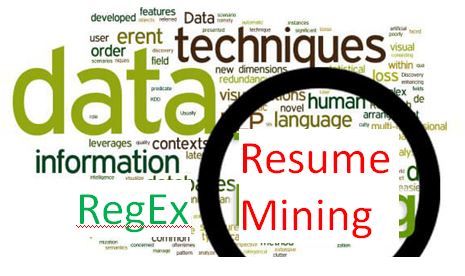Use of machine learning and analytics are significantly increased for making decisions in oil and gas exploration. However, to achieve an excellence, we must train our models with much bigger training dataset.
In petroleum exploration, drilling is the most expensive part with high stakes involved. Therefore companies, engage all possible surveillance and control mechanisms to record every incident during the drilling and continuously interpret to detect and mitigate risks.
Mostly, the data captured in free text format, which is primary for human-to-human conversation and hard to analyze by machine due to its variations and no standardization.
The proposed natural-language processing (#NLP) techniques in this paper, allow unstructured data to be searched, organized, and mined, allowing engineers to leverage the underlying insights without having to read through entire databases.
![Natural-Language-Processing[1]](http://imspatial.com/wp-content/uploads/2017/12/Natural-Language-Processing1.png) Therefore, the engineers will have an advantage of collective knowledge, when they are planning a similar drilling operation and the machine would provide better predictions about risks.
Therefore, the engineers will have an advantage of collective knowledge, when they are planning a similar drilling operation and the machine would provide better predictions about risks.
In the world of drilling operations, an enormous amount of historical data exists in this format, often stored in free-text descriptions of events and could be utilized.
This paper presents some techniques to navigate between and connect independently created free-text databases and shows how to supplement unstructured data with labels so that these data can be compared with and used alongside structured data.
Reference:
An article from JPT under “Technology Focus” section.
- Adam Wilson (Special Publication editor)
- Antoniak, J. Dalfliesh (SPE)
- Verkruyse (Maana)
- Lo (Chevron)

